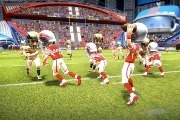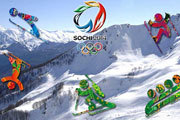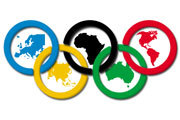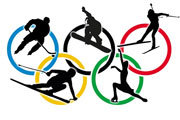So have you ever wondered what's inside a golf ball? And what makes that baby cruise through the air when Tiger tees off?
Well, the ingredients of the golf ball have gone through several changes over the history of the game. The first balls were made out of wood. That made them pretty easy to make, but they couldn't really travel too far - maybe 100 yards. But then a group of Scottish golf scientists figured that if feathers can help birds to fly, maybe they can help the golf ball take off. So they started making balls out of boiled chicken and goose feathers and wrapping them up in leather. The result? A ball could now be hit nearly 200 yards. The only problem was that they took a long time to make. If you were quick, you could make three or four in a day - but if you weren't a good golfer, you could also lose just as many in the same amount of time.
But the golf gurus weren't done yet. They soon found that sap from trees in Malaysia could be easily molded into golf balls. It could also be done quickly which meant you didn't have to spend a day making balls and a day losing them!
The final scientific change to the golf ball was adding all those little dimples. Players noticed that a ball would travel further after it had been scuffed up and bashed around for a while. So they decided to make a bunch of indents in the ball to start with. Since then the golf ball has basically stayed the same. Now you're probably wondering how many dimples are on golf ball. Well, the number varies anywhere from 330 to 500 dimples. That's a lot of dimples!
So what do you do now if you want your golf ball to go longer? Try going golfing on the moon. There's way less gravity up there. In 1971, astronaut Alan Sheppard took his game to the moon. He wasn't a great golfer but he still managed to smoke a ball more than 200 yards, using just a six iron, while he wore a space suit. But unfortunately, the moon is still waiting for its first golf course.
If you have a question about the science of sport, to the Sports Lab. We'll get the scientists working on it right away.

































